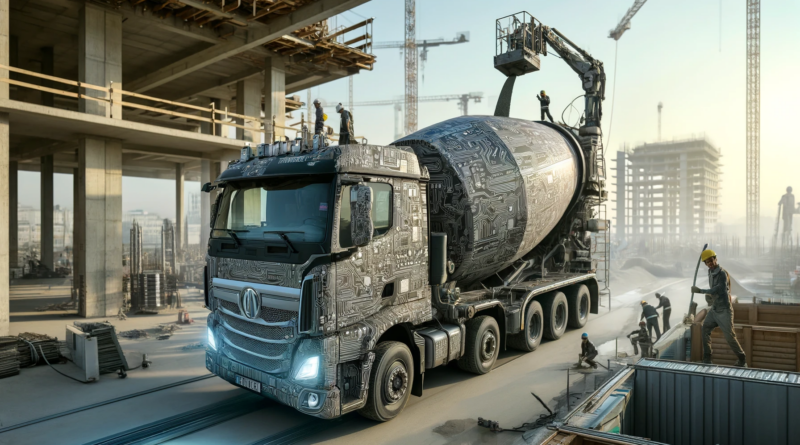When people think of the National Renewable Energy Laboratory (NREL), it is often solar, wind, and other clean energy generation technologies that come to mind. However, Ana Aday, a materials science researcher in NREL’s Building Technologies and Science Center, is taking on a whole new challenge: decarbonizing the cement and concrete industry. In late March, Aday presented the work that she and fellow NRELians have been tackling during the American Concrete Institute’s Convention, one of the biggest cement and concrete conferences for academia and research in the country.
The following is an interview with Aday. How would you describe your research in low-carbon cement and concrete? At NREL, we take a holistic approach to decarbonizing cement and concrete production by considering and addressing the entire value chain, the circularity of industrial processes, and how they are interconnected. Greenhouse gas (GHG) emissions are prevalent in all stages of production and not just one aspect of the ecosystem.

The traditional cement production process is a global contributor of GHGs, accounting for roughly 8% of global GHG emissions. The breakdown of GHGs in cement production is roughly distributed between the extraction of raw materials at about 3%, about 85% from the production of clinker and the heating of the calciner, and about 12% from the downstream process (including cooling and transportation logistics). Of the 85% of GHG emissions from the direct production of cement.
















